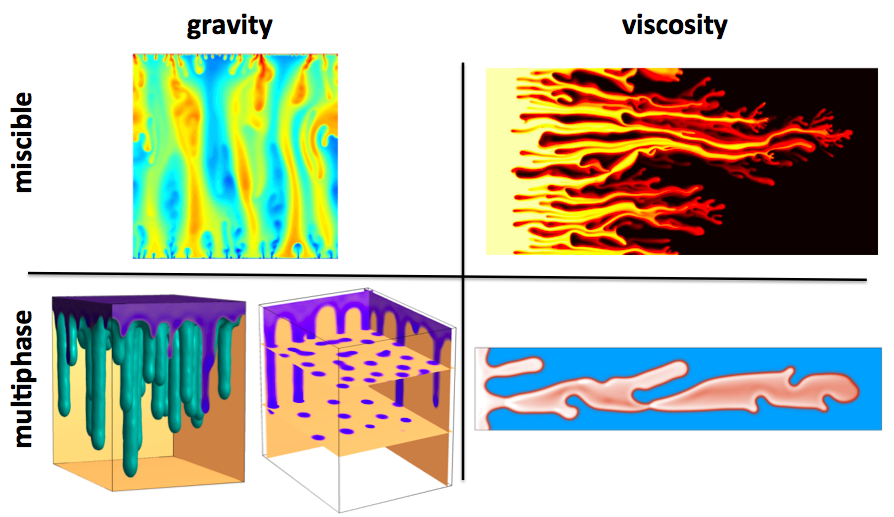
Research
Luis Cueto-Felgueroso
I study the physics of multiphase fluid flow in porous
media, and its application to energy resources and the
environment. I build mathematical models, and develop
high-resolution computational methods, to understand
the key physical mechanisms and their interaction
across spatial scales.
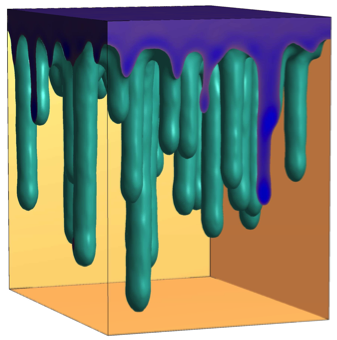
Phase-field modeling of multiphase flow
The displacement of one fluid by another in a porous medium can give rise to a rich variety of hydrodynamic instabilities. Beyond their scientific value as fascinating models of pattern formation, unstable porous-media flows are essential to understanding many natural and man-made processes, including water infiltration in soil, enhanced oil recovery from hydrocarbon reservoirs, and CO2 sequestration in deep saline aquifers. The inability of traditional continuum equations to reproduce the formation of the complex patterns observed in experiments highlights the need for new theoretical approaches. I proposed a new paradigm for modeling multiphase flow at the continuum scale—phase-field modeling—which recognizes explicitly that fluid-fluid displacements are out of thermodynamic equilibrium. (Read more)
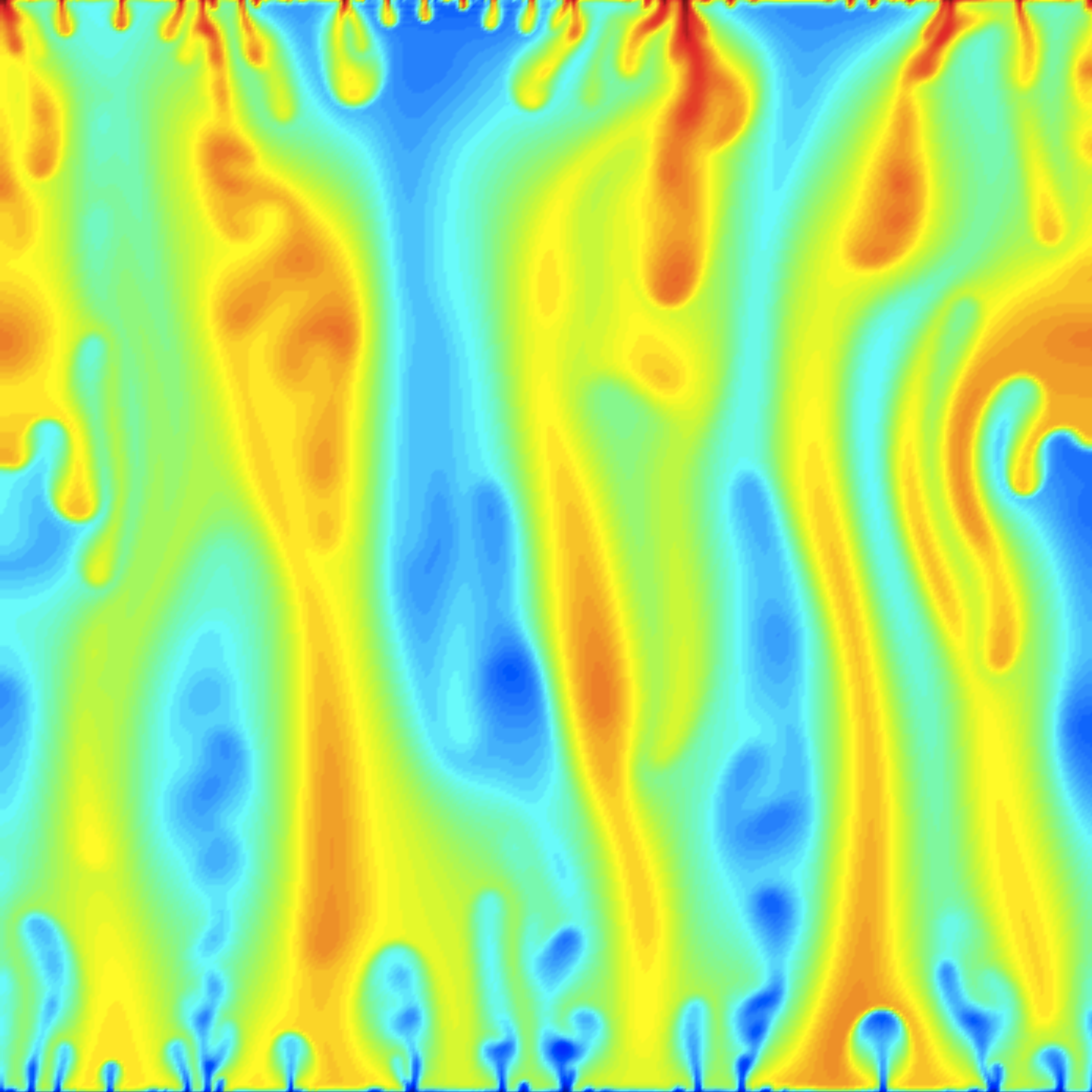
Computational fluid dynamics
The study of hydrodynamic instabilities in flow through porous media requires high-accuracy, efficient discretization schemes. I develop finite difference and spectral methods for porous media flow. There is a strong synergy between the modeling and simulation research efforts. Our phase-field models of multiphase flow include high-order spatial derivatives (fourth-order), and require new spatial and temporal discretization schemes, new algorithms, and multiresolution analysis to include the effects of small-scale heterogeneity. I also work on high-order finite volume methods on unstructured grids, using meshfree reproducing kernel approximations to estimate the derivatives of the solution, with applications in aerodynamics and environmental fluid mechanics. (Read more)
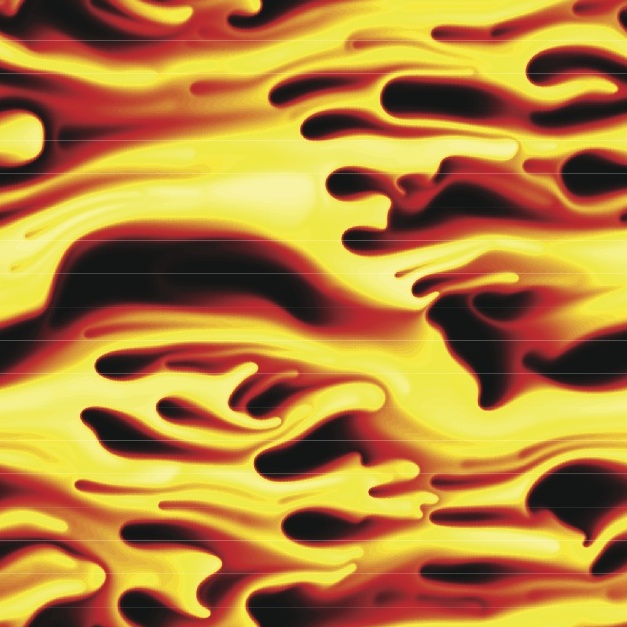
The rate at which fluids mix in a porous medium controls the rate at which reactions occur, or the rate at which the physicochemical properties of the mixture (such as fluid density and viscosity) vary. Determining and possibly enhancing mixing is critical in both microfluidic devices and in geologic processes like improved oil recovery by miscible flooding or CO2 sequestration. (Read more)
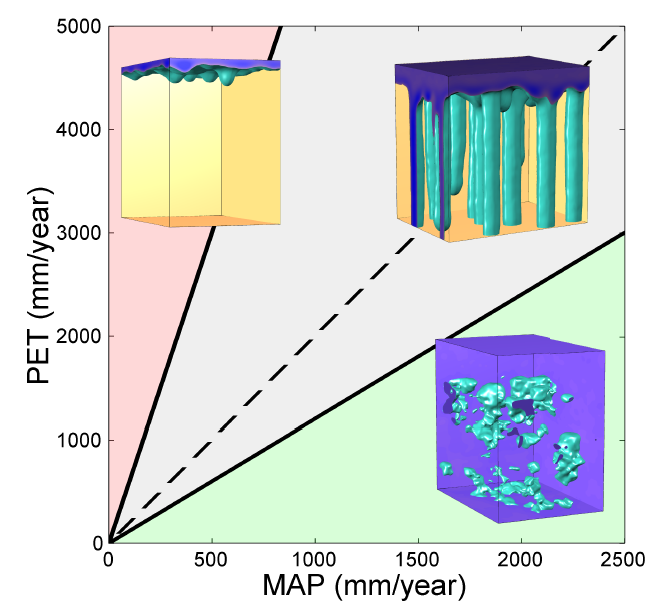
Hydrodynamic determinants of ecosystem structure
More than one third of the world’s population lives in regions with arid or semi-arid climates, facing challenges in sustainable water management and food production. The ecology and water budget of these ecosystems depend critically on the dynamics of soil water. I study how hydrodynamic instabilities during water infiltration in soil control evapotranspiration and deep drainage in arid and semiarid climates, where potential evapotranspiration far exceeds mean annual precipitation. I also developed a stochastic framework to understand the joint probability density function of coupled soil moisture and vegetation biomass under amplified rainfall regimes. (Read more)
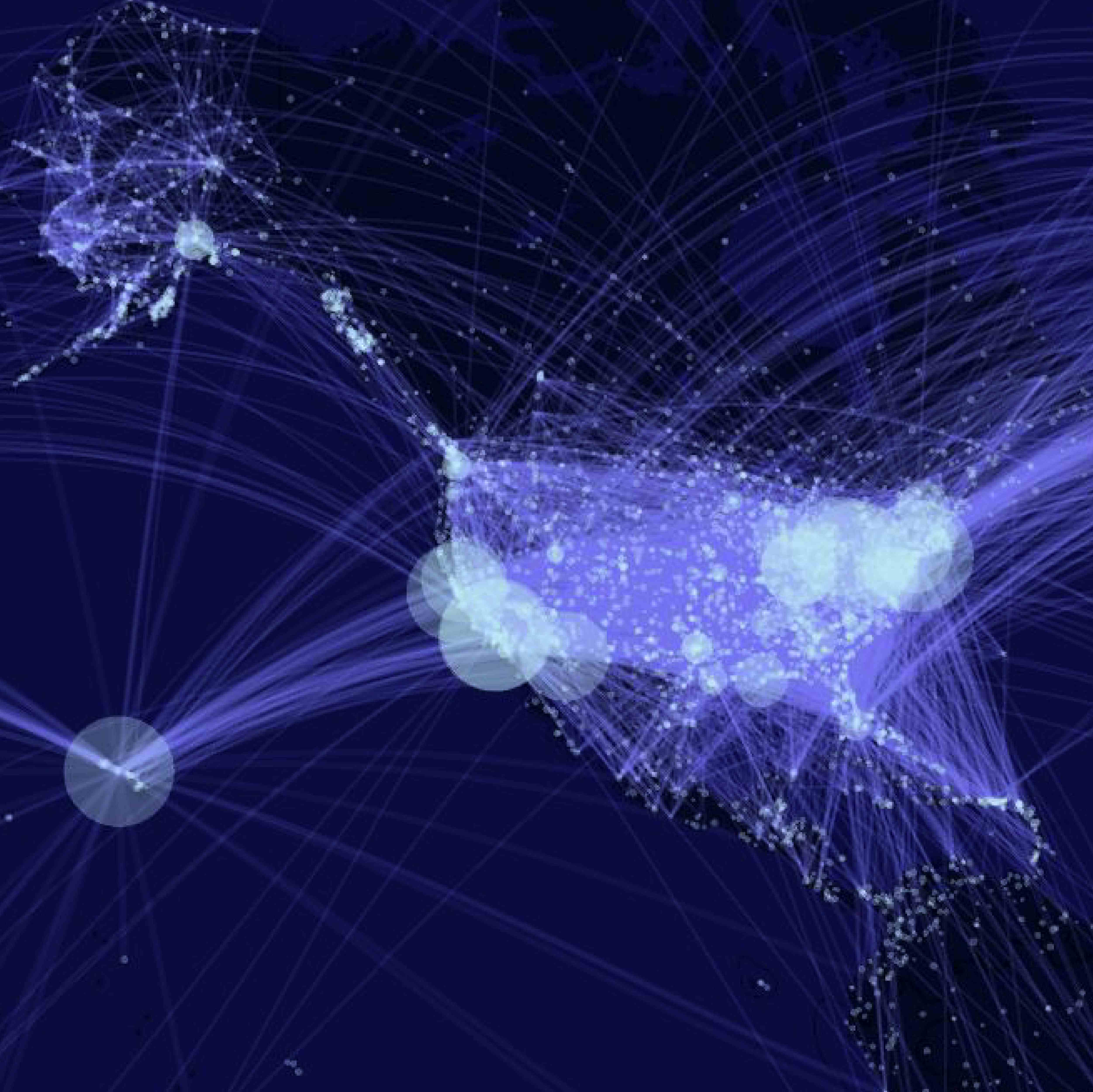
Dynamic processes on complex networks
The study of dynamic processes that take place in complex networks has emerged as one the most exciting areas of research in a wide variety of scientific fields, from statistical physics and systems biology to human mobility and the social sciences. We study transport and epidemic spreading in human mobility networks. We are particularly interested in behavioral feedbacks, where individuals dynamically change their strategies, therefore shaping the network efficiency and robustness. (Read more)
(back)





